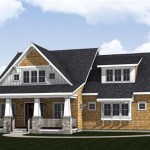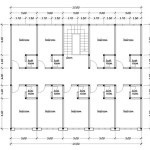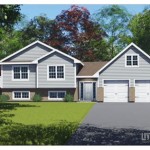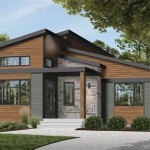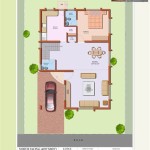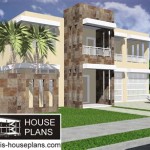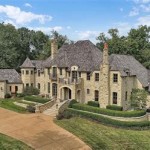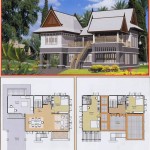Plantation Style House Plans With Columns
Plantation style house plans evoke images of grand Southern estates with sprawling porches supported by stately columns. This architectural style, steeped in history and tradition, continues to capture the imagination of homeowners seeking elegance and timeless appeal. Understanding the key features and variations within plantation style house plans can help prospective builders choose a design that suits their needs and aesthetic preferences.
The origins of plantation architecture can be traced back to the Caribbean and the American South during the 17th and 18th centuries. Initially designed for agricultural estates, these homes needed to be functional and adaptable to the warm, humid climate. Over time, the style evolved, incorporating influences from European architectural traditions, including Classical, Georgian, and French Colonial elements.
One of the defining characteristics of plantation style homes is the presence of prominent columns. These columns typically support a large, covered porch or veranda, which wraps around the house, providing shade and a comfortable outdoor living space. The columns themselves can vary in style, from simple Doric or Tuscan orders to more ornate Corinthian or Composite designs, adding to the overall grandeur of the home.
The symmetrical facade is another key element of plantation architecture. The front door is often centrally located and flanked by evenly spaced windows, creating a balanced and harmonious appearance. This symmetry extends to the overall floor plan, which typically features a central hallway with rooms arranged on either side. This layout promotes cross-ventilation, a crucial feature for homes in warmer climates.
Plantation style homes are typically two or three stories high, with large windows and high ceilings designed to maximize airflow and natural light. The roofs are often hipped or gabled and may feature dormers to provide additional light and ventilation in the upper floors. Wide eaves and overhangs further protect the house from the sun and rain, contributing to its energy efficiency.
Materials traditionally used in plantation style construction include wood, brick, and stucco. Wood siding, painted in light colors to reflect heat, is a common feature. Brick and stucco are also popular choices, offering durability and a classic aesthetic. These materials can be combined to create a variety of textures and visual interest.
Modern interpretations of plantation style house plans often incorporate updated features and amenities while retaining the core elements of the traditional design. Open floor plans are increasingly popular, creating a seamless flow between living spaces. Modern kitchens and bathrooms are integrated into the overall design, offering contemporary convenience without sacrificing the home's historic charm.
Variations within the plantation style exist, reflecting regional influences and evolving tastes. The Creole plantation style, popular in Louisiana, often features intricate ironwork balconies and galleries. The West Indies plantation style incorporates elements of Caribbean architecture, such as jalousie windows and vibrant colors. These regional variations offer homeowners a range of options for customizing their plantation style home.
Choosing the right plantation style house plan involves considering factors such as lot size, budget, and lifestyle needs. Working with an experienced architect or builder can ensure that the chosen plan is adapted to the specific site and meets the homeowner’s individual requirements. Careful consideration should be given to the placement of the house on the lot to maximize views and take advantage of natural features.
The ongoing appeal of plantation style house plans stems from their timeless elegance and adaptability. The combination of classic architectural details, spacious layouts, and connection to the outdoors creates a welcoming and comfortable living environment. Whether adhering to a traditional design or incorporating modern elements, plantation style homes continue to represent a sought-after architectural choice.
Careful planning and consideration of the various design elements, including the prominent columns, symmetrical facades, and expansive porches, are essential to creating a plantation style home that captures the essence of this enduring architectural tradition. The selection of appropriate materials and the integration of modern amenities further enhance the functionality and appeal of these timeless homes.
The flexibility of plantation style design allows for adaptation to various climates and regional preferences. From the grand estates of the Old South to contemporary interpretations, the core principles of this architectural style continue to inspire and influence residential design. The enduring appeal of plantation style homes lies in their ability to evoke a sense of history, elegance, and Southern hospitality.

Plan 82641 Southern Style With 3 Bed Bath

Plantation House Plans Monster

5 Bedrm 7433 Sq Ft Southern Plantation House Plan 153 1187

Plantation Jeff Day And Associates Architects

Plantation House Plans Deep South Style Home Floor

5 Bedrm 7433 Sq Ft Southern Plantation House Plan 153 1187

Plantation Southern Style House Plans

Pin On New House

Dunleith House Plan De003 Design Evolutions Inc Ga

Antebellum Architecture Wikipedia

